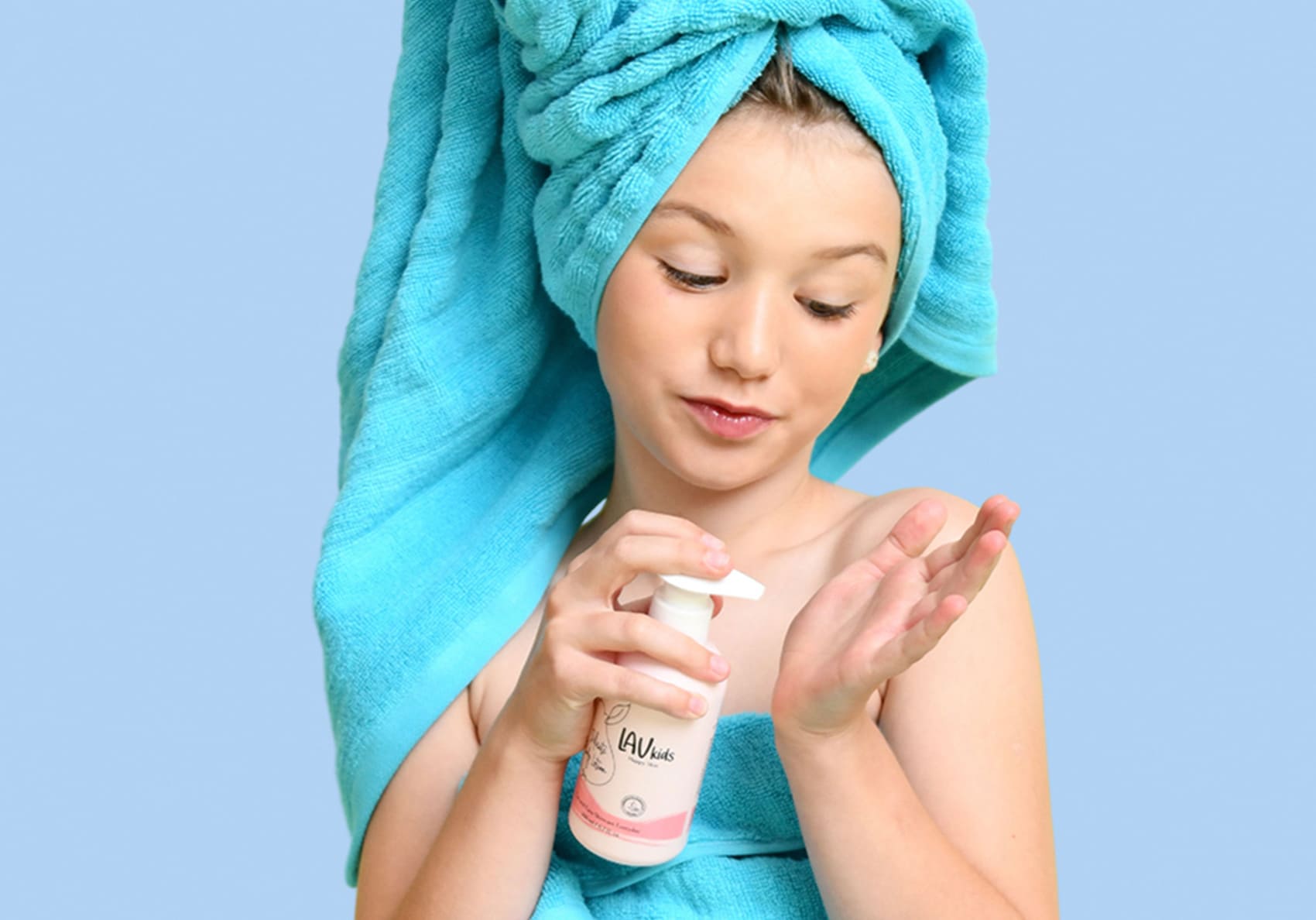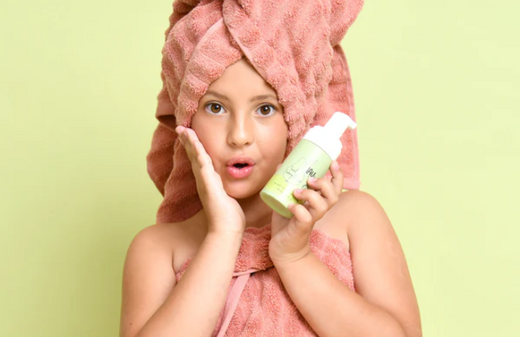
How to Hydrate Kids Skin: Tips for Moisturizing Your Kid’s Skin
Skincare is quite an essential habit. When practised every day, it can quite literally result in a glowing appearance! As a parent, the joy of skincare is being able to inculcate the same healthy habits in your child. And, this can be an enjoyable process! Kids are best engaged when they are able to model after their parents. As such, it’s best to introduce them to skincare at an early age!
However, it’s important to know that skincare for kids should target problems unique to them. In fact, if you have an infant, your concern should be regarding how to hydrate baby skin! The natural protective barriers of the skin develop with age. This means that dry skin is a genuine issue that your kid may face. By understanding this fact, and potential counters to it, you’ll be well-equipped to foster a healthy skincare habit in your child! Read on to learn more…
Key Takeaways
- Bathing in lukewarm water for under ten minutes preserves natural oils and prevents dryness.
- Using gentle, fragrance‑free cleansers prevents irritation and protects the skin barrier.
- Patting skin dry while it remains damp helps lock in hydration.
- Applying a mild, hypoallergenic moisturizer immediately after bathing seals in moisture and supports the skin barrier.
- Applying broad‑spectrum sunscreen (SPF 30+) on exposed skin even in snowy or cloudy winter guards against UV damage.
What Causes Dry Skin in Kids?
Wondering why and how to hydrate kids' skin? Don’t worry! It’s quite easy to understand. Dry skin, as the name implies, is a condition where the skin manages to lose too much moisture and natural oils. This leads to a rough, flaky, and quite itchy skin texture. Not only is this irritating to sensitive skin, but it may also lead to infections, scarring, and later on, acne. Young mothers may especially get frightened by this, leading them to frantically search for how to get rid of dry skin on baby face.

Tips to Hydrate Kids Skin
Bathing

Moisturising

Going Beyond the Skin - Laundry, Linens and Humidifiers
- Laundry Products - Heavily fragrant detergents include very harsh chemicals. These are likely to irritate sensitive skin. Avoid them at all costs when handling your child’s laundry!
- Skin-Friendly Fabric - Daily wear for kids must be soft and breathable. All you need are some simple cotton clothes. These fabrics allow the skin to breathe and thus prevent dryness.
- Climate - Indoor climate is quite a major culprit. First, check what resting humidity levels are in your home. Based on this information, incorporate a humidifier to maintain ~40% humidity!
When to Contact Your Pediatrician?

Final Thoughts
Frequently Asked Questions
1. What is the fastest way to hydrate kids' dry skin?
The quickest way to hydrate kids' skin is to apply a gentle, fragrance-free moisturizer immediately after bathing while the skin is still damp. Use thick creams or ointments for better moisture retention.
2. What's the best time to apply moisturiser to kids?
Right after bath time is ideal—when the skin is slightly damp, and pores are open, helping lock in moisture. Also, reapply before bedtime if the skin feels especially dry.
3. How often should I moisturise my kid's skin?
Generally, moisturise at least twice daily—morning and night. In colder months or if your child has eczema, more frequent applications may be needed.
4. What's the best bath routine to prevent dry skin in kids?
Keep baths short (5–10 minutes) and use lukewarm water with mild, soap-free cleansers. Pat the skin dry gently and apply moisturiser right away to seal in hydration.
5. How do I recognise signs of dehydration in my kid's skin?
Look for dullness, flakiness, tightness, or fine lines. If the skin appears cracked, rough, or irritated, it may need immediate moisture and hydration support.
6. Are there safe, natural moisturisers suitable for kids?
Yes, natural options like shea butter, coconut oil, or aloe vera gel (unscented and pure) are often safe. Always do a patch test first and choose products labelled for sensitive or pediatric use.



